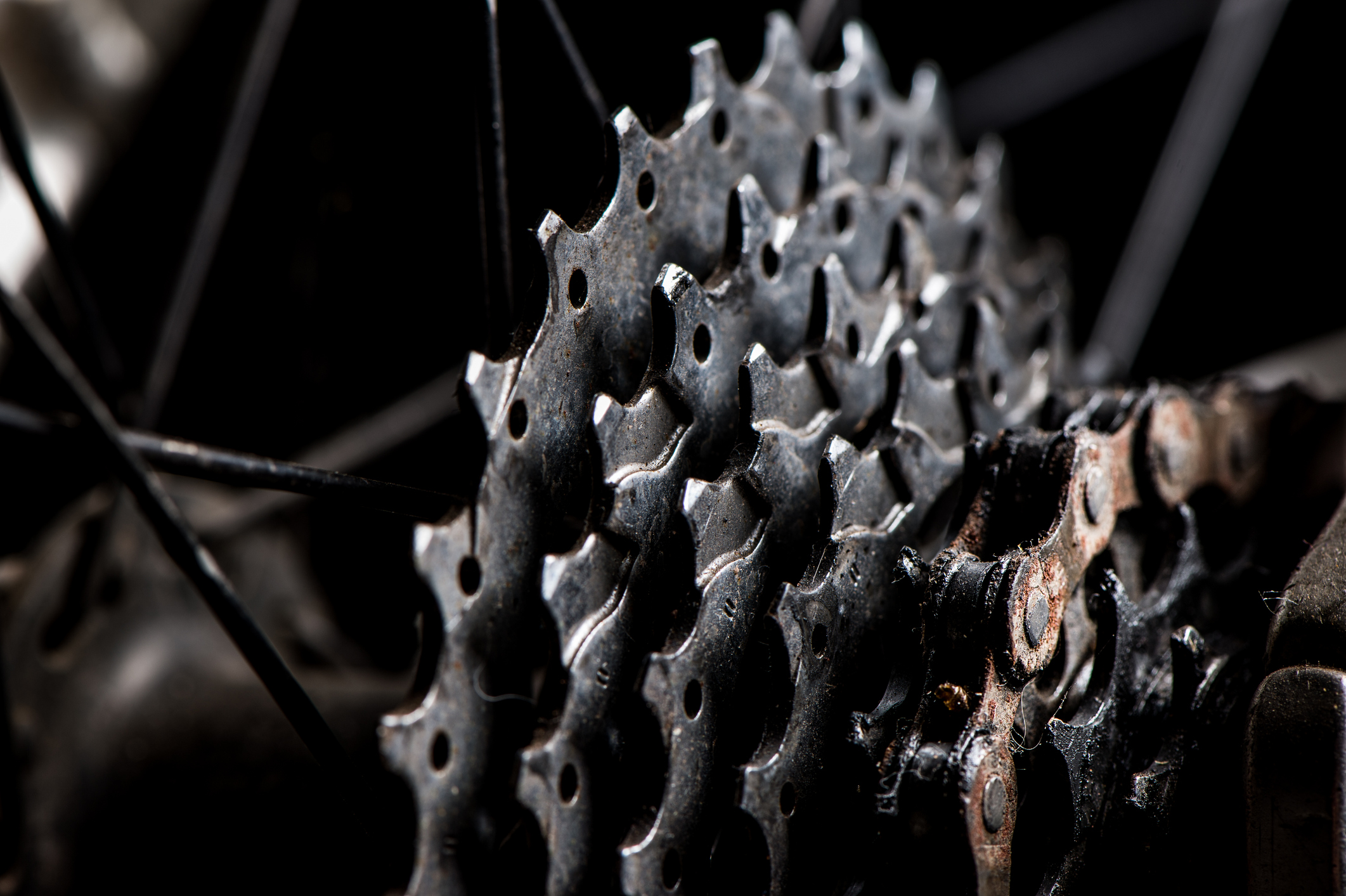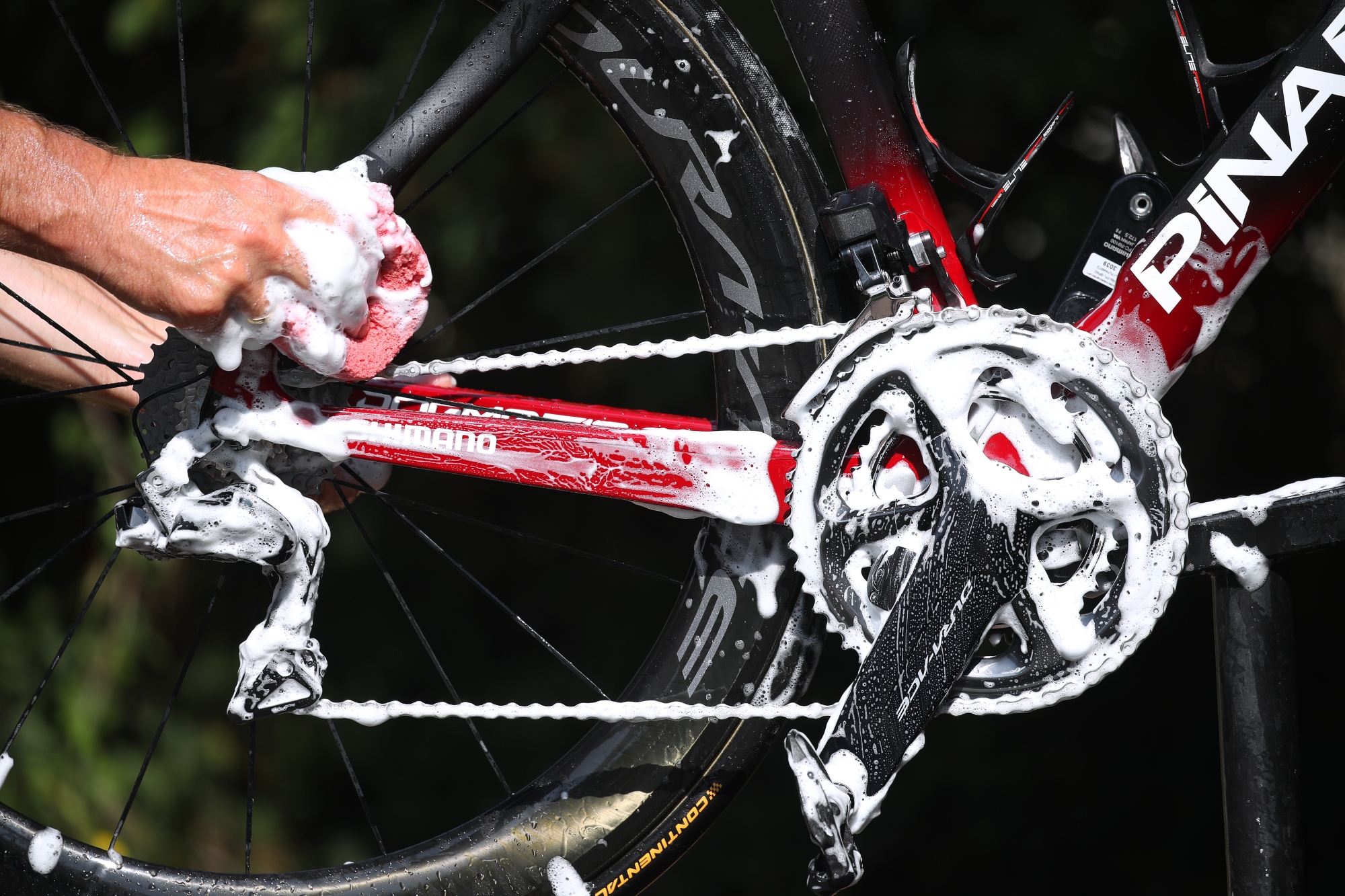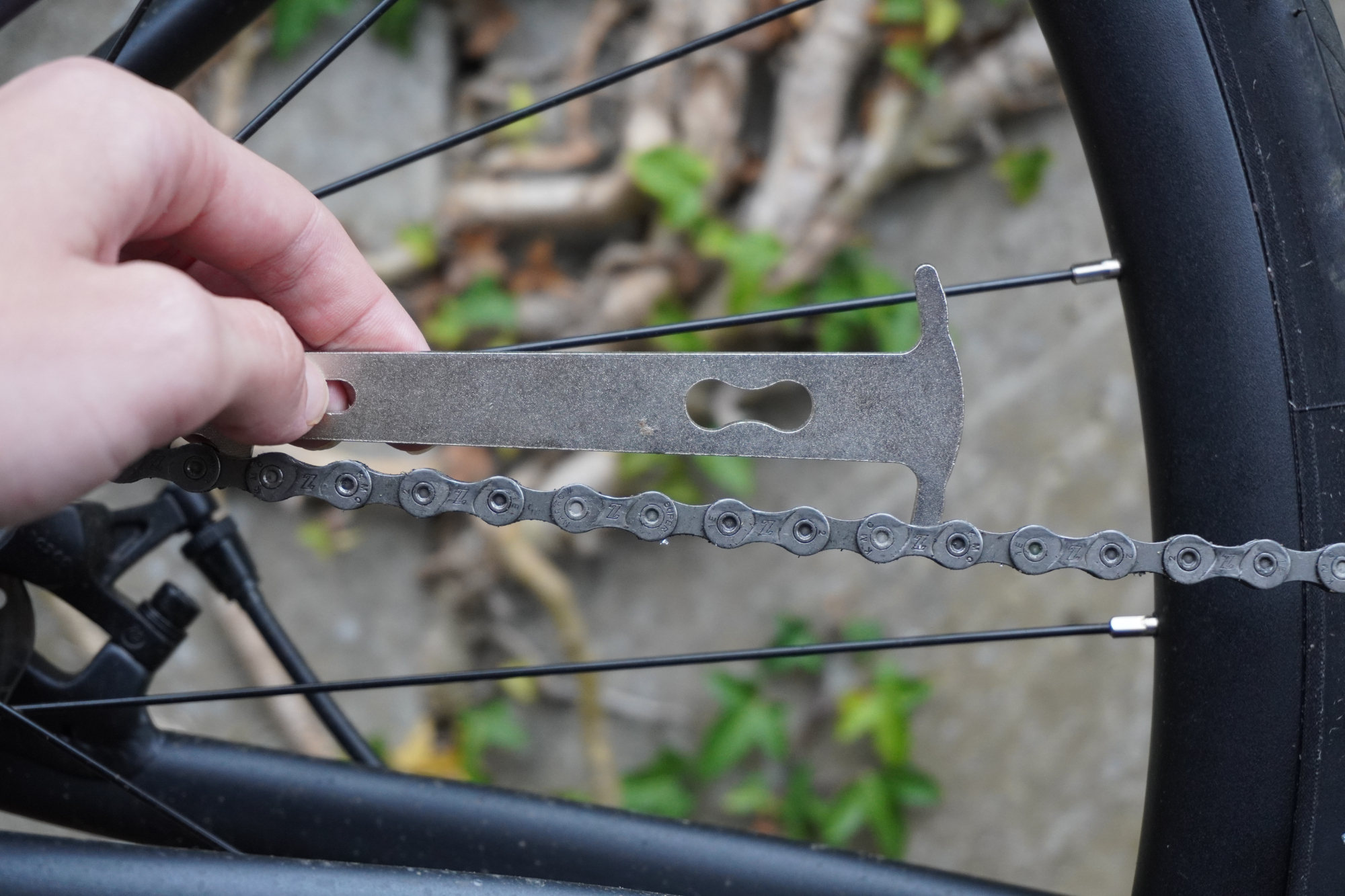How often should you replace your chain and cassette, and does cross chaining really matter?
We asked the experts the fundamental questions on chain and cassette maintenance to help you navigate both the costs and work you can expect for a smooth running, reliable bike.

An efficient drivechain makes cycling a far more pleasurable experience, whether you’re chasing wins, Strava PBs or just going out for a ride. Your energy isn’t being wasted, shifting is crisp and it's all done in relative silence. Conversely, a worn and dirty drivechain zaps your strength, delivers clunky gear changes and is annoyingly noisy to boot.
While a dirty chain and cassette is apparent to both the eyes and the ears, knowing when these two vital components need to be replaced isn’t always quite as simple to diagnose. Given the growing costs of both components, recognising the symptoms as well as administering a little preventive care, can save you money and a few watts, too.
What is the lifespan of a chain and cassette?
So just how often should you replace your chain and cassette?
“The boring answer is it depends on use,” says Glen Whittington of Aeight Bike Co, who’s worked on more bikes than he probably cares to imagine, “but of course a pampered TT bike will incur less wear and tear than a workhorse commute bike.”

Rens van der Hout of Dynamic Bike Care, who make care products to help keep your bike clean and running efficiently, puts a number on it.
“You need to replace your chain between every 3000km and 5000km,” he says before adding two important caveats, which support Whittington’s viewpoint.
“In optimal conditions such as dry weather and with regular maintenance you can increase the durability of the chain up to 6000km,” he says. “This also means that in poor conditions such as wet weather and with poor maintenance, a chain will only last a maximum of 3000km”.
The latest race content, interviews, features, reviews and expert buying guides, direct to your inbox!
Does regular cleaning extend the life of a chain and cassette?
While you can’t always help the conditions you ride in, you can try and keep your bike clean, which helps to prolong the life of both chain and cassette, as well as helping them to run smoothly.
“It's just like brushing your teeth,” says Whittington in reference to keeping your chain and cassette clean, “if you leave them dirty you'll have problems. Keep everything clean and everything will be better.”
“I work on a lot of cyclo-cross and gravel bikes and my number one recommendation is to regularly clean and lube your drivetrain to keep it working well and make it last longer. The same applies to road, even though it's less visible. You don't need excessive amounts of lube, you need little and often. And don't forget to remove dust in the summer, as it can do just as much damage as mud in the winter."

Van der Hout concurs and also suggests changing the way you lubricate your chain.
“Switching from oil-based lubrication to hot wax further increases the lifespan of your chain, as it provides a cleaner, lower-friction, and longer-lasting solution,” he says. “Hot wax significantly reduces the buildup of grime and helps protect both the chain and cassette”
How does your riding style impact wear?
I’d assumed that how you ride also had an impact on the rate and severity of wear to your chain and cassette. A drivechain performs best when the chainline is straight. So it would seem logical that ‘cross-chaining’ might cause some undue wear and tear.
“Definitely, poor ride habits increase wear,” says Van der Hout, listing cross-chaining and shifting under load as two culprits that stress and deform the chain unduly. But Whittington isn’t convinced.
“I've seen plenty of evidence recently that cross-chaining doesn't create the problems that it used to,” he says. “This is down to improvements in 1x off-road groupsets, which have to work across a wide spread of gears and this technology has been trickled across to 2x road groups. It's a fractional problem with a modern groupset.”
Is a chain checker a 'must have' tool?
But even regular cleaning and a judicious approach to riding can only do so much, and eventually your chain and cassette will need to be replaced. We’ve already covered how often you might need to do this, but what are the signs, or sounds, that might indicate it’s time to install a new chain, cassette or both?
When a chain wears its pitch grows, which is why it’s often described as chain stretch. This can manifest itself in a number of ways, from inconsistent shifting to the chain slipping under load. While a worn cassette is easier to see due to the change in shape of the teeth, which become pointed and sharp, a worn chain is harder to spot.

“The only way to tell is to buy yourself a chain checker and check it,” says Whittington. “ If you check regularly, say once a month, you'll be able to swap your chain in most cases, without having to change your cassette.”
And herein lies the real benefit of buying a chain checker tool. Designed to demonstrate a percentage of wear - Van der Hout recommends that you should consider replacing the chain at 0.5% wear; leave it until 0.75% wear and it requires immediate replacement - if you catch it early as suggested then you might just save yourself the cost of a new cassette as well. Given the price of 11 and 12-speed cassettes these days, it makes the humble chain checker a vital addition to your tool box.
“If you catch it early you'll be able to just change the chain,” says Whittington. “You should be able to swap chains two or three times without having to swap the cassette.”
CW says
The prudent approach when it comes to replacing your chain and cassette is to remain attentive. Waiting until it's too late to clean and replace the chain results in poor performance followed by a serious dent to the wallet due to having to replace both parts. Invest in a chain checker and you can stay on top of the wear, enabling you to replace the less costly component, the chain, more often than the more expensive one, the cassette.
Keeping both parts clean and lubricated is a vital component to improving the longevity of both parts. Switching to a wax lubricant could make sense, especially if you ride regularly and across all weathers. We’ve addressed this question recently, detailing how to wax your chain and the potential benefits it can deliver.
Luke Friend has worked as a writer, editor and copywriter for over twenty five years. Across books, magazines and websites, he's covered a broad range of topics for a range of clients including Major League Baseball, Golf Digest, the National Trust and the NHS. He has an MA in Professional Writing from Falmouth University and is a qualified bicycle mechanic. He has been a cycling enthusiast from an early age, partly due to watching the Tour de France on TV. He's a keen follower of bike racing to this day as well as a regular road and gravel rider.
You must confirm your public display name before commenting
Please logout and then login again, you will then be prompted to enter your display name.